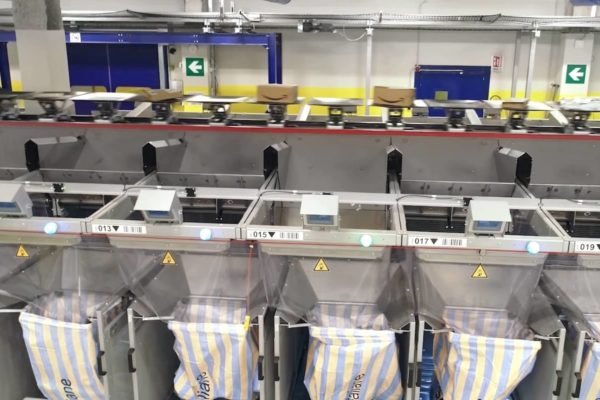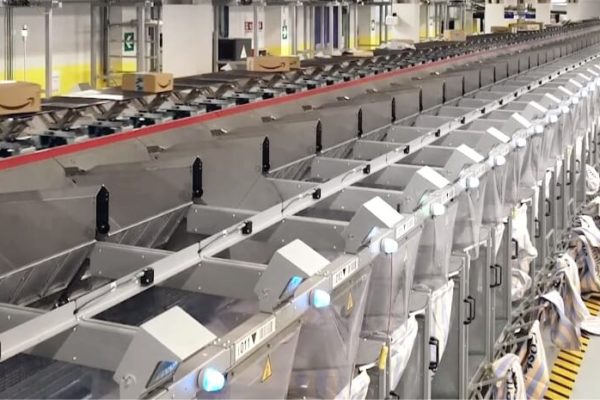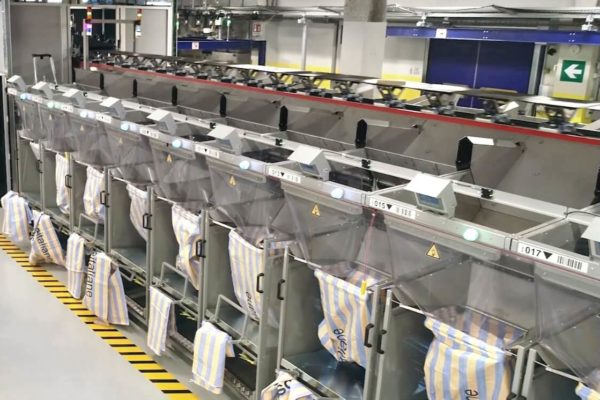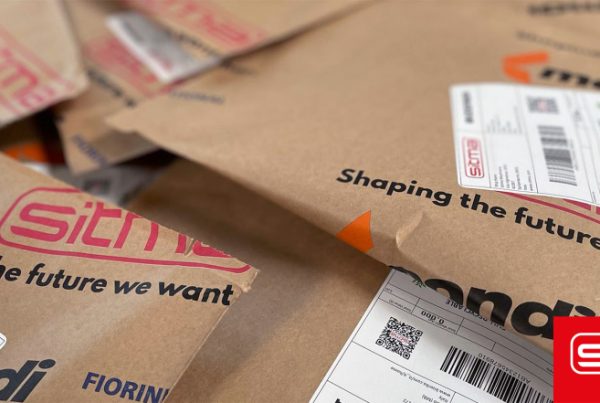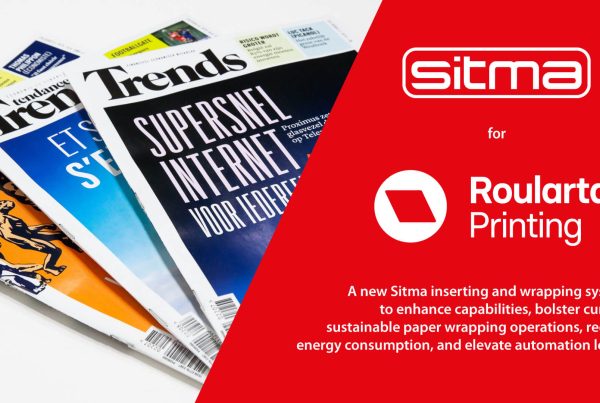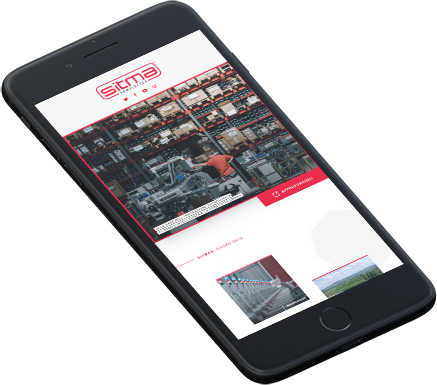CASE HISTORY ———— 9 September 2020
Sitma Machinery and Poste Italiane
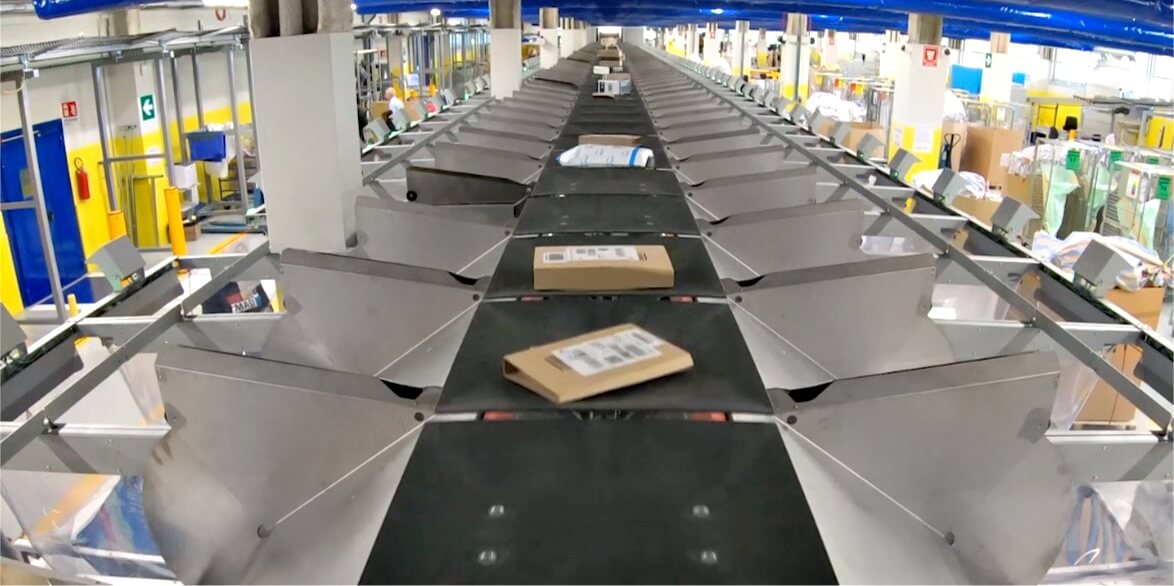
———— INTRODUCTION
Our company provides Poste Italiane with three sorting systems for different hubs to manage e-commerce parcels and improve automation and efficiency at both the hardware and software levels.
———— From letters to parcels: changes and evolution to mail needs over time
Following increases in online sales and document digitization, which led to reduced distribution of letters, Poste Italiane had to convert some of its Italian Sorting Centers (CS) into logistics hubs specialized in e-commerce parcel management, with parcels that are often irregularly shaped. The project took on even more significance when the main global e-commerce player decided to enlist Poste Italiane to deliver its parcels, relying on its widespread distribution network and experience in Italian mail management.

———— Sitma’s experience and the project origins
In recent years, we’ve faced the same challenge with the French market, developing a specific solution for the transalpine postal system. Strengthened by our consolidated experience, we have been awarded a tender for the supply of three parcel and envelope sorting systems for various postal mechanization centers in Italy. The first plant was installed, launched and tested in Brescia in 2019, in just six months, and the next two will be completed by the end of 2020. This installation has transformed the once-manual process into a completely automated one.
———— The Brescia plant: how it works
The project has evolved as it has progressed, thanks in part to continuous market evolution, requiring an attitude of partnership with Poste. We also worked as system integrator, coordinating the project’s different suppliers, including Siemens OCR vision systems, the supervision section of the Actemium plant, and Wipotec for the weighing phases. The Brescia setup involves three different integrated but independent processes: feeding, sorting and recirculation. The system has eight feeding points with three merging systems. Each operational flow is managed independently by PLC, and everything is supervised by a single warehouse control system (WCS).
———— The system: hardware
The automation system, completed for the first center in Brescia, uses “Easy Sort” plate sorters. Able to recognize and sort packages ranging considerably in shape, volume and origin, this system has undergone several innovations; perhaps most notably, a change to its tray exchange system, which boosted productivity by 20%. Plastic rather than steel molded plates are now being used for their lighter weight and increased reliability. This change has also significantly reduced noise and facilitated better supply efficiency. The sorter also features an innovative outgoing safety system allowing for safe management of container changes once containers are filled.
———— An advanced software for shipment management
Significant work has also been done on the software front. Through partnering with some key tech players, Sitma has been able to implement a system that is easily integrated with the one already in use by Poste Italiane, facilitating parcel recognition and tracking. Each parcel has a unique code that is read, transferred into a sequence, and then added to a national database, ensuring secure shipment while also minimizing error rates and mitigating wasted time and resources.
———— A long view of the project
In addition to the installation of the two remaining systems, which are scheduled to be put in place by December 2020, Sitma is also working with Poste Italiane to design a customs management system that will comply with new EU legislation. Expected to come into effect in 2021, this new legislation will be aimed at optimizing delivery of goods from non-EU countries within Europe that are subject to tax and customs controls. The Sitma-designed sorting system will not only be able to manage the flow of goods from all over the world, operating according to a capillary geographical distribution, but will also support logistics operators in managing customs duties associated with the content and value of each parcel.

